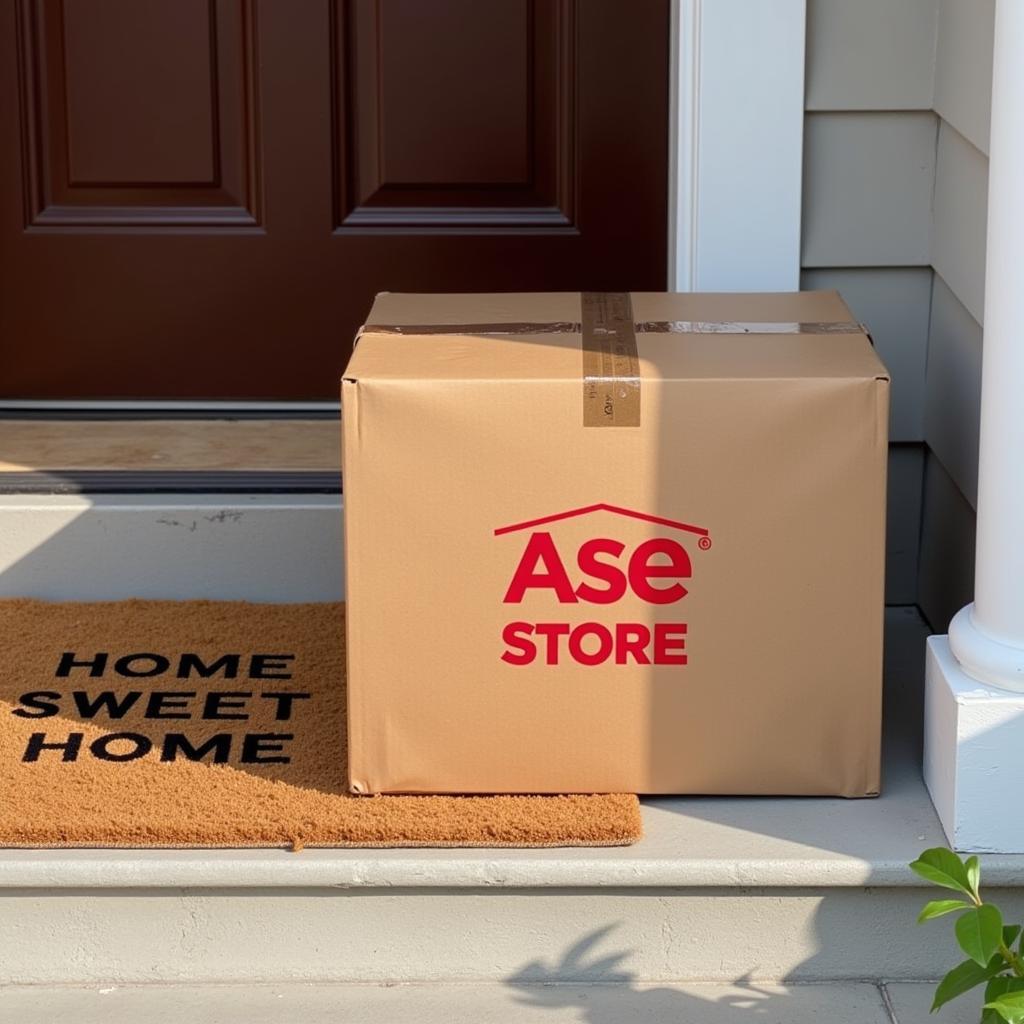The phrase “Ase Write Poscar” might seem like a foreign language to many, but it holds significant weight in the realms of material science and computational chemistry. Essentially, it involves using the Atomic Simulation Environment (ASE) – a powerful Python package – to generate a POSCAR file, a critical input for the Vienna Ab initio Simulation Package (VASP). Let’s delve deeper into the world of ASE, POSCAR, and their combined power in simulating and analyzing materials at the atomic level.
ASE: Your Gateway to Atomic Simulations
The Atomic Simulation Environment, or ASE for short, is a Python library that has become indispensable for researchers and scientists working with atomic-scale simulations. It offers a unified and user-friendly interface to construct, manipulate, and visualize atomic structures, as well as set up and analyze simulations using various computational codes, including VASP.
Building Blocks of Matter: Atoms and Structures
At its core, ASE provides a comprehensive set of tools to represent and interact with atoms, the fundamental building blocks of matter. You can easily create atoms, define their positions in space, and assemble them into more complex structures such as molecules, crystals, and surfaces.
Beyond Static Structures: Dynamics and Simulations
ASE goes beyond representing static arrangements of atoms. It empowers you to explore the dynamic behavior of materials by setting up and running simulations. These simulations can involve various methods, including molecular dynamics, where you study the motion of atoms over time, and geometry optimization, where you find the most stable configuration of atoms.
VASP and the Importance of POSCAR
The Vienna Ab initio Simulation Package, or VASP, is a widely used software package for performing quantum mechanical calculations on materials. It allows researchers to investigate the electronic structure, bonding, and various properties of materials from first principles, providing valuable insights into their behavior.
The Crucial Role of POSCAR
To perform simulations with VASP, you need to provide it with a set of input files that describe the system you want to study. One of the most critical input files is the POSCAR file. This file contains essential information about the arrangement of atoms in your system, such as:
- Lattice vectors defining the size and shape of the simulation cell
- Positions of each atom within the simulation cell
- Types of atoms present in the system
ASE to the Rescue: Generating POSCAR Files
Creating a POSCAR file manually can be tedious and prone to errors, especially for complex systems. This is where ASE proves to be invaluable. With just a few lines of Python code, you can leverage ASE’s capabilities to:
- Construct your desired atomic structure
- Apply transformations like rotations or translations
- Automatically generate a properly formatted POSCAR file ready for VASP simulations
Combining ASE and VASP: A Powerful Synergy
The seamless integration of ASE and VASP unlocks a world of possibilities for material scientists and computational chemists.
- Accelerated Workflow: ASE streamlines the process of setting up VASP simulations, saving valuable time and effort.
- Reduced Errors: By automating POSCAR generation, ASE minimizes the risk of human error, ensuring accuracy in your simulations.
- Enhanced Flexibility: ASE empowers you to easily explore different atomic configurations and simulation parameters, fostering innovation and discovery.
Beyond “ASE Write POSCAR”: Exploring the Depths
The combination of ASE and VASP extends far beyond simply generating POSCAR files. ASE serves as a versatile tool throughout the entire simulation workflow, from:
- Pre-processing: Setting up simulation parameters, defining constraints, and applying external fields
- Post-processing: Analyzing simulation results, extracting relevant data, and visualizing atomic structures and properties
Conclusion: Unlocking the Secrets of Matter
The ability to simulate and analyze materials at the atomic level is crucial for advancing various fields, from developing novel materials to understanding biological processes. The combination of ASE and VASP provides researchers with a powerful toolkit to explore the intricate world of atoms and molecules. By harnessing the capabilities of “ASE write POSCAR” and beyond, we gain deeper insights into the fundamental building blocks of matter and pave the way for groundbreaking discoveries.
